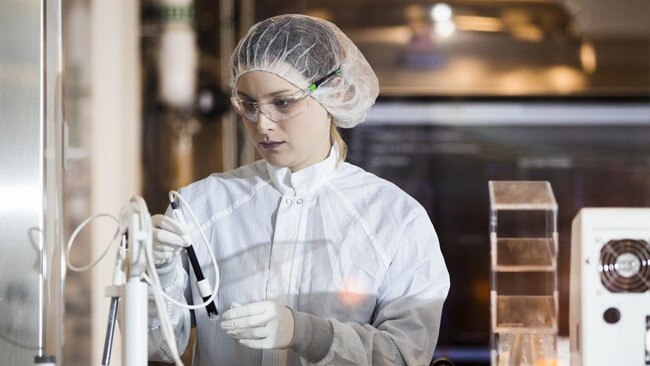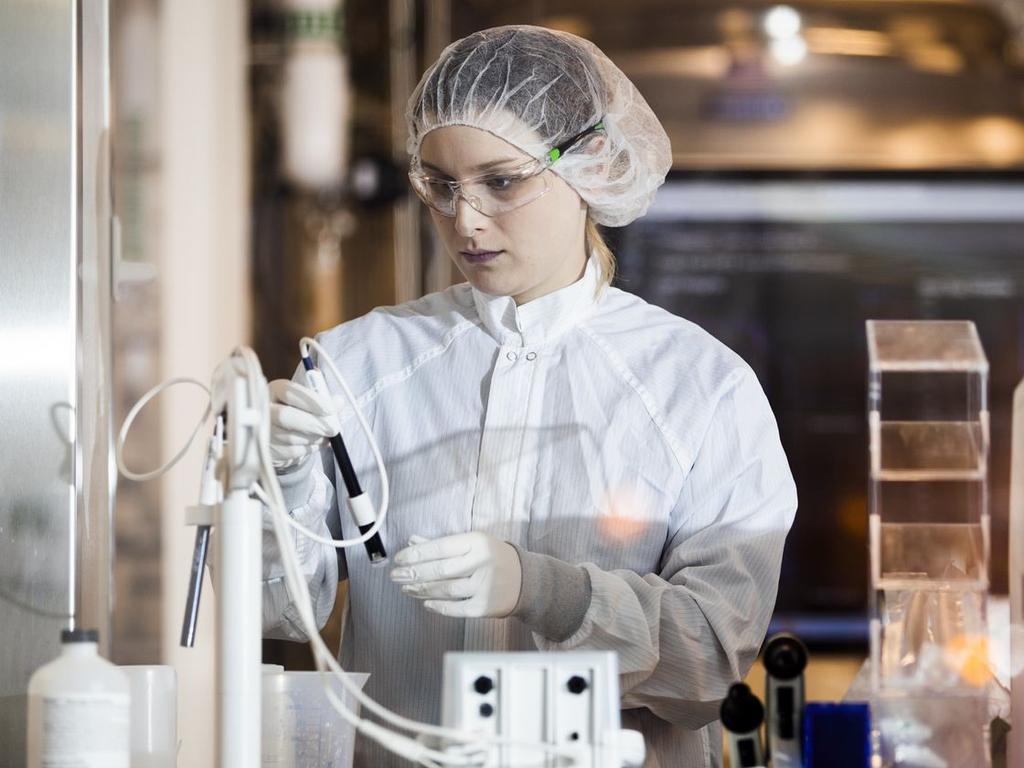
Suddenly not one but two vaccines appeared from the woodwork. The scientists warned that there was a lot more testing ahead, but caution was thrown out the window and markets surged as the joy of new hope blossomed.
And, as always happens in modern global share markets, the momentum is accelerated by unhappy shorters covering their positions and the rising markets triggering computer driven buying orders. But whether it was London or New York, hats were thrown in the air, and of course, that spread to Australia.
As I describe the vaccine research action I want to again emphasise that these vaccines are not yet proven. On the other hand, they are merely two of the multitude of research projects under way around the world, including Australia. Given the size of the global effort others may also emerge. When a proven vaccine does emerge there will be a huge scramble to produce sufficient quantities to serve the world.
The market vaccine action actually started in London on Sunday night UK time.
The British government proudly announced that the UK would be the first country to be given access to a vaccine being developed at Oxford, should it prove successful in clinical trials. The government pumped £65.5m in fresh government funding for the project announcing that AstraZeneca would work to make up to 30 million doses of the vaccine available for people in the UK by September – if trials were successful.
Last month the university announced human trials had begun and that it had entered a licensing agreement with AstraZeneca which would see the pharmaceutical giant manufacture and distribute the vaccine globally.
At the time, AstraZeneca said researchers at the Jenner Institute and Oxford Vaccine Group would know by July whether their vaccine was effective in preventing COVID-19 infections.
Clearly the British announcement had an element of hype. But the Americans were not do be outdone and went much further.
‘Software of life’
Moderna is a US high technology company pioneering a new class of medicines made of the so-called body messenger mRNA. In the human body mRNA acts as an intermediary between the genetic information in DNA and the amino acid sequence of proteins
Moderna believes the potential implications of using mRNA as a drug are significant and far-reaching and could meaningfully improve how medicines are discovered, developed and manufactured.
The Moderna slogan is “We believe mRNA is the software of life.”
It is working on a number of applications for the technology but as the COVID-19 crisis enveloped the world, a vaccine for the virus became Moderna’s key focus.
It achieved a breakthrough with a vaccine, provisionally labelled mRNA-1273, which prevented viral replication in the lungs of mice, so the company started human trials.
And to the markets delight on Monday it announced that its early-stage phase one human trial for a coronavirus vaccine produced COVID-19 antibodies in all 45 participants. Shares skyrocketed.
Each participant received a 25, 100 or 250 microgram dose, with 15 people in each dose group.
At day 43, or two weeks following the second dose, the binding antibodies in the 25 microgram group were at the levels generally seen in blood samples from people who recovered from the disease.
A Phase 2 trial has been given the go-ahead by the Food and Drug Administration and new arm of the trial is being established to test a 50-microgram dose, indicating that the 25-microgram dose may be too low – particularly for seniors. There were some adverse reactions in the 100 and 250 microgram doses.
A Powell boost
Meanwhile back the in market, Federal Reserve Chairman Jerome Powell gave an extra boost by suggesting that the nature of the current distress, coupled with the dynamism of the US and the strength of its financial system, should pave the way for a significant rebound.
However the US economy could shrink by upwards of 30 per cent in the second quarter but will avoid a depression-like economic plunge over the longer term even though jobless numbers will look a lot like they did during the 1930s, when the rate peaked out at close to 25 per cent.
But Powell says that unlike the depression era the Federal Reserve and Congress has pumped close to $3 trillion in rescue funds and is contemplating another round.
“I think there’s a good chance that there’ll be positive growth in the third quarter but the US not going to get back to where we were quickly”, he says .
But in the third full week of May the economy takes second place to a vaccine.







Most global sharemarket analysts knew know that to justify current share values, a vaccine against COVID-19 must be found sooner rather than later. But no one was prepared for the market dramas that unfolded on Monday in Europe and the US.